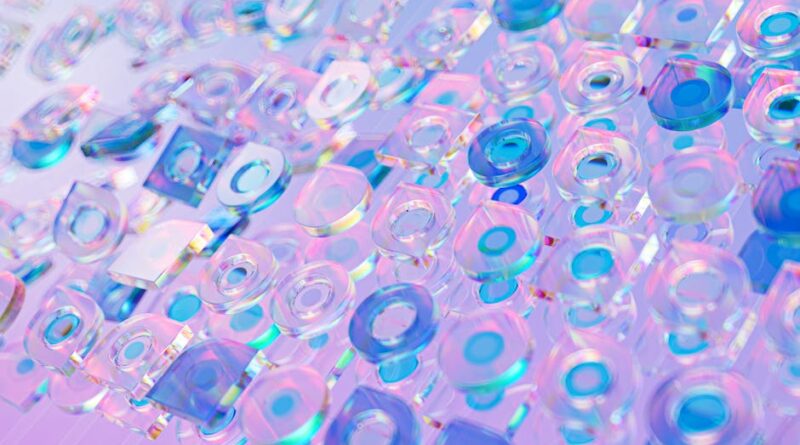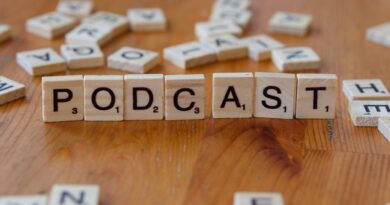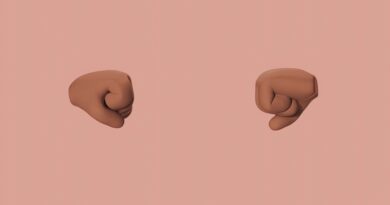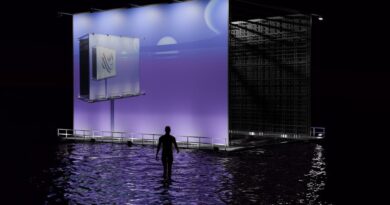The Impact of AI on Digital Art
Artificial Intelligence (AI) has rapidly transformed numerous industries, and the world of art is no exception. From creating stunning visual masterpieces to generating unique pieces of music, AI has revolutionized the way artists create and audiences experience art. In this article, we will delve into the profound impact of AI on digital art, exploring the various dimensions, implications, and controversies surrounding this intersection of technology and creativity.
Artificial Intelligence: A Brief Overview
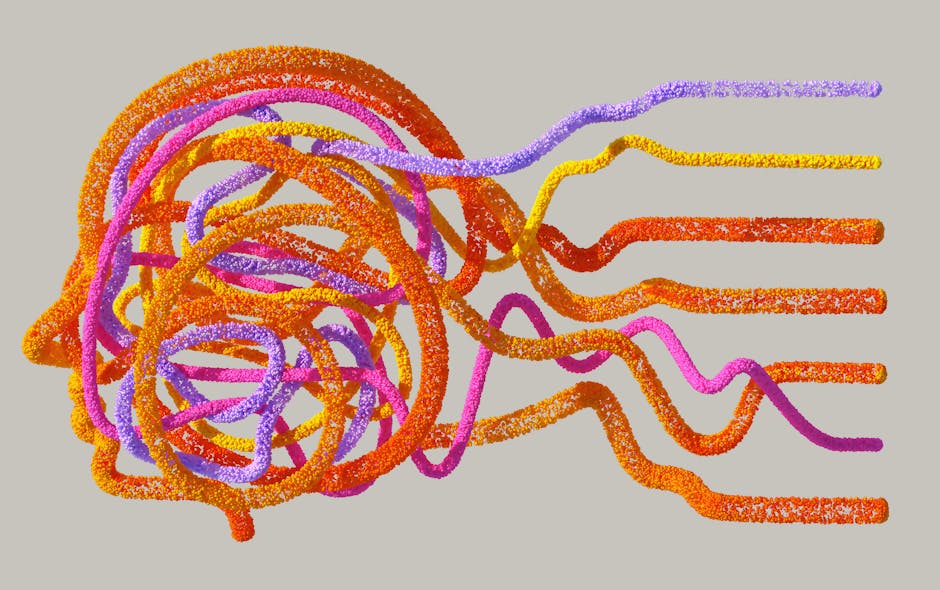
Before delving into the impact of AI on digital art, it is crucial to understand what AI actually is. Artificial Intelligence refers to the simulation of human intelligence processes by machines, primarily computer systems. These processes include learning, reasoning, problem-solving, perception, and language understanding. AI systems are designed to mimic human cognitive functions, enabling them to perform tasks that typically require human intelligence.
AI encompasses various subfields, such as machine learning, natural language processing, computer vision, and robotics. Machine learning, a subset of AI, is particularly relevant to digital art, as it involves the development of algorithms that enable computers to learn from and make predictions based on data. Through machine learning algorithms, AI can analyze vast amounts of data, identify patterns, and generate creative outputs in the realm of digital art.
The Evolution of Digital Art
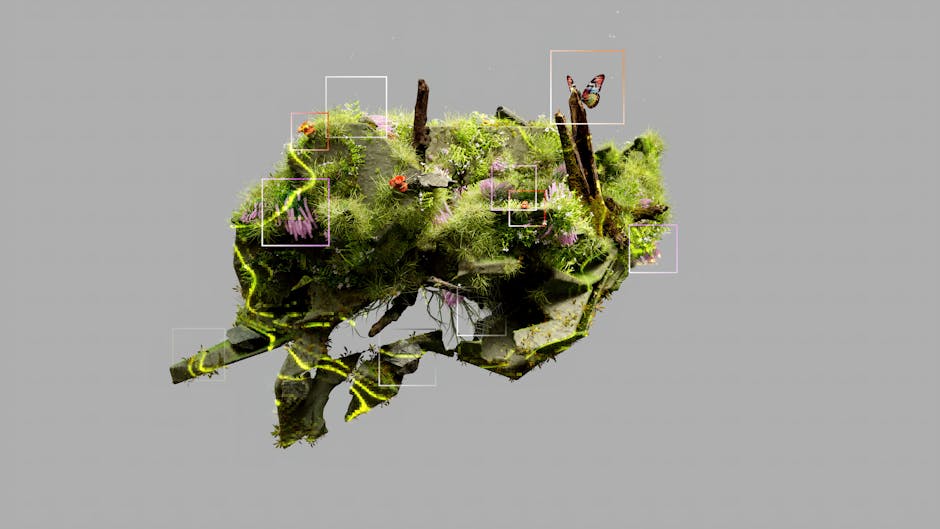
Digital art has undergone a significant transformation with the advent of AI. Traditionally, digital art involved creating visual artworks using digital tools such as graphic design software, drawing tablets, and digital cameras. Artists would manipulate digital elements to create paintings, illustrations, animations, and other forms of visual art. However, AI has introduced a new paradigm in digital art, allowing for the creation of art that blurs the lines between human creativity and machine intelligence.
AI-powered tools and algorithms have enabled artists to explore new creative possibilities, pushing the boundaries of traditional art forms. These tools can analyze artistic styles, generate complex patterns, and even collaborate with human artists to produce unique artworks. As AI continues to advance, it raises intriguing questions about the nature of art, creativity, and authorship in the digital age.
Generative Adversarial Networks (GANs) in Digital Art
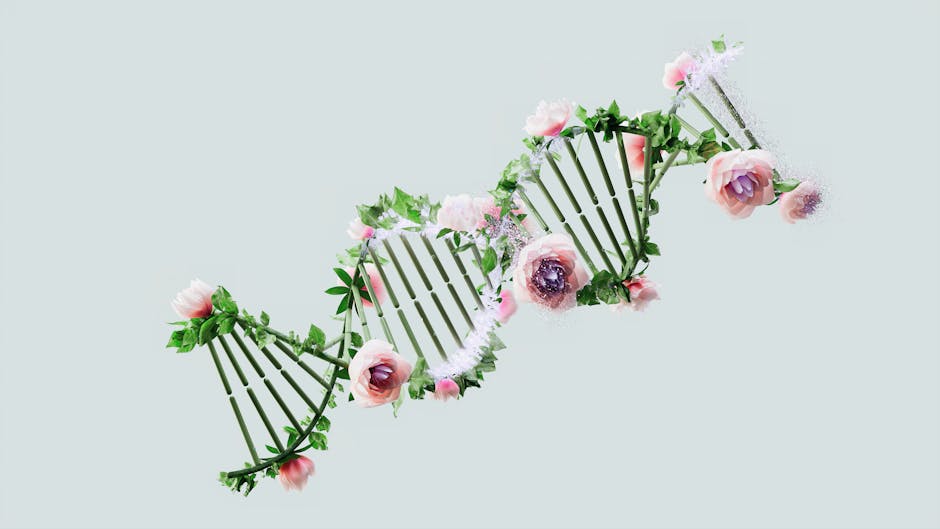
One of the most groundbreaking applications of AI in digital art is the use of Generative Adversarial Networks (GANs). GANs are a class of machine learning algorithms that are used to generate new data, such as images, music, and text, based on a training dataset. GANs consist of two neural networksthe generator and the discriminatorthat work in tandem to create realistic and novel outputs.
In the context of digital art, GANs have been employed to generate compelling and immersive artworks that push the boundaries of human imagination. Artists and researchers have used GANs to create realistic paintings, surreal landscapes, and even portraits of non-existent individuals. By leveraging the power of GANs, artists can explore new artistic styles, experiment with unconventional concepts, and challenge traditional notions of art creation.
AI and Personalized Art Experiences
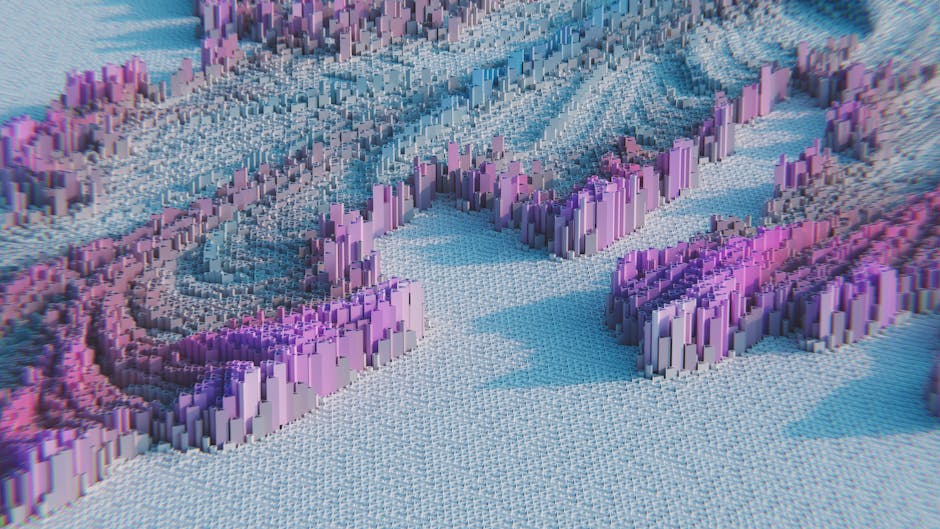
AI has also revolutionized the way audiences experience art by enabling personalized and interactive art experiences. Through AI-powered platforms and applications, users can engage with art in innovative ways, tailor their artistic preferences, and even co-create artworks with AI algorithms. These personalized art experiences enhance user engagement, foster creativity, and democratize access to art across diverse audiences.
For example, AI-driven art platforms can analyze users’ preferences, browsing history, and interactions to recommend artworks that resonate with their unique tastes. By understanding users’ preferences and behaviors, AI algorithms can curate personalized art collections, suggest relevant artworks, and even generate custom art pieces based on individual preferences. This level of personalization transforms the way audiences discover, appreciate, and interact with art in the digital realm.
Ethical Considerations in AI Art Creation
While AI offers tremendous potential for creativity and innovation in digital art, it also raises important ethical considerations regarding authorship, ownership, and accountability. As AI systems become more adept at generating artworks autonomously, questions arise about the role of human artists in the creative process, the rights of AI-generated art, and the ethical implications of using AI in art creation.
One of the key ethical concerns surrounding AI art creation is the issue of attribution and recognition. When AI algorithms produce artworks, determining the rightful creator or author of the art becomes complex. Should the human artist who trained the AI algorithm be credited for the artwork, or should the AI system itself be recognized as the creator? This dilemma challenges traditional notions of authorship and intellectual property rights in the digital art landscape.
The Future of AI in Digital Art
Looking ahead, the future of AI in digital art holds immense promise and potential for further innovation. As AI technologies continue to advance, we can expect to see more sophisticated AI-powered tools, interactive art installations, and immersive art experiences that redefine the boundaries of creativity. AI will enable artists to explore new artistic mediums, experiment with unconventional techniques, and create art that transcends traditional artistic boundaries.
Furthermore, AI has the potential to democratize art creation, making it more accessible and inclusive for artists of diverse backgrounds and skill levels. By providing artists with powerful tools and resources, AI can empower individuals to express their creativity, experiment with new artistic styles, and collaborate with AI systems to produce groundbreaking artworks. The fusion of AI and art promises to revolutionize the art world and inspire a new era of artistic expression.
Expert Opinions
According to renowned artist and AI researcher, Dr. Anna Lee, “AI has the potential to push the boundaries of creativity and challenge our perceptions of art. As artists embrace AI tools and algorithms, we are witnessing a new wave of artistic innovation that blurs the lines between human and machine intelligence. The collaboration between artists and AI systems opens up exciting possibilities for exploring new artistic frontiers and redefining the nature of art in the digital age.”
Conclusion
To wrap things up, the impact of AI on digital art is profound and far-reaching, transforming the way artists create, audiences experience, and society perceives art. AI-powered tools and algorithms have revolutionized digital art by enabling new creative possibilities, personalized art experiences, and ethical considerations in art creation. As AI continues to evolve, it will shape the future of art, inspire innovative collaborations, and redefine the boundaries of creativity in the digital realm.
As we navigate the intersection of AI and digital art, it is essential to embrace the opportunities that AI offers while addressing the ethical challenges and implications of AI art creation. By fostering a dialogue between artists, technologists, and ethicists, we can harness the power of AI to elevate art, expand artistic horizons, and enrich the cultural landscape for generations to come.

